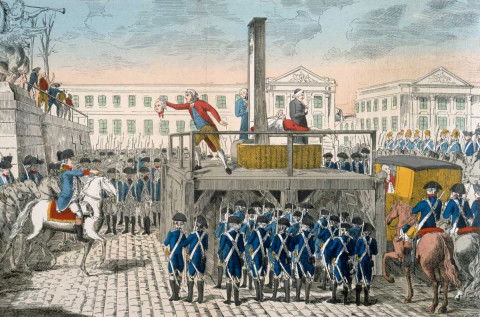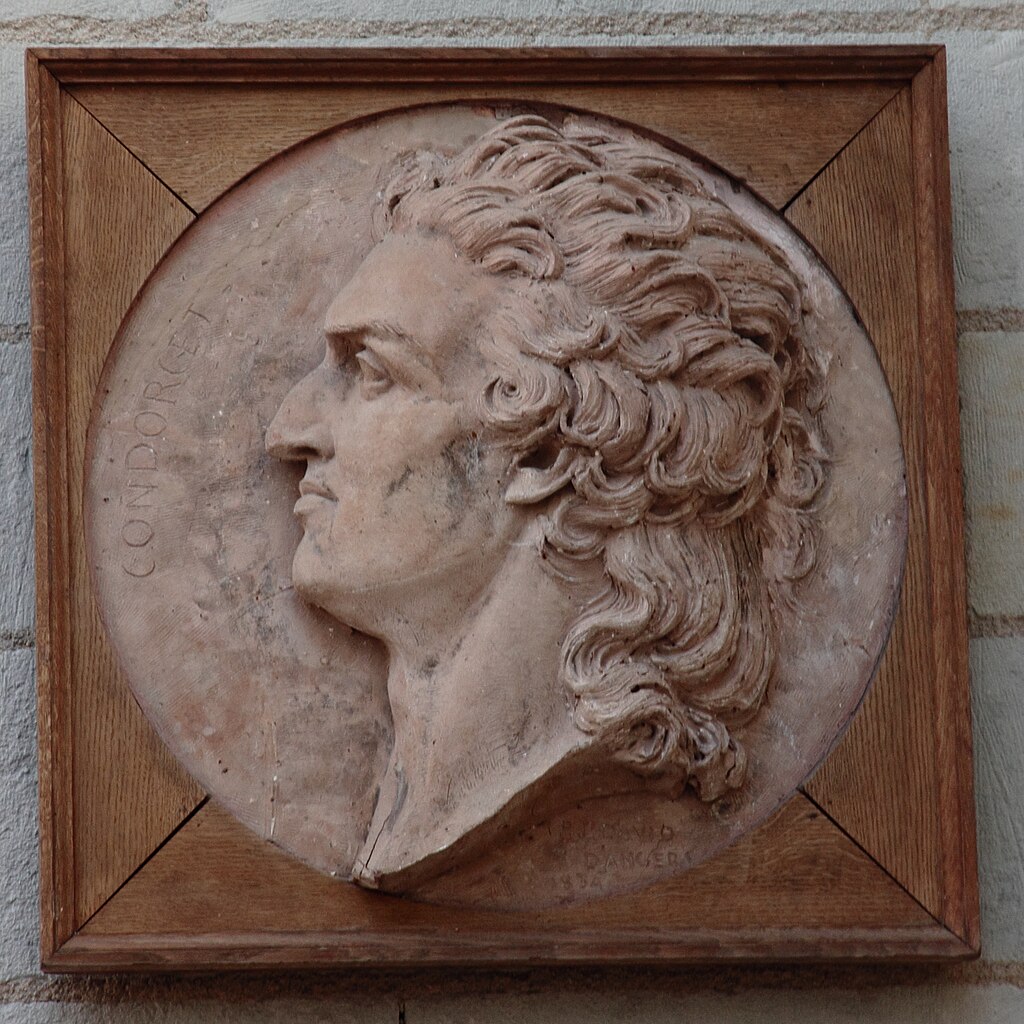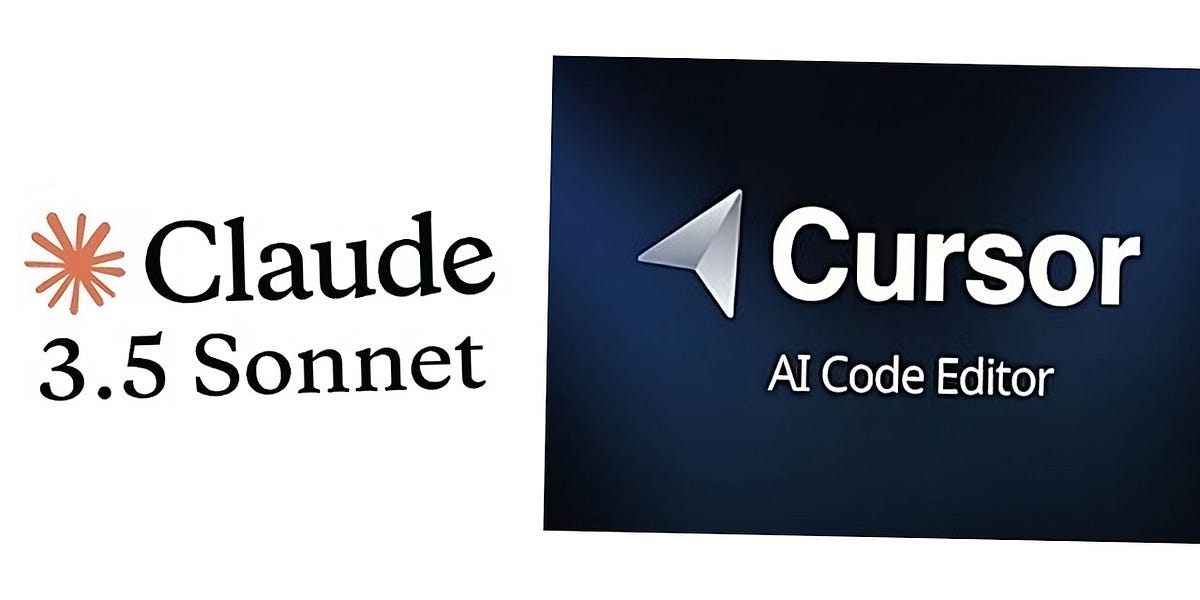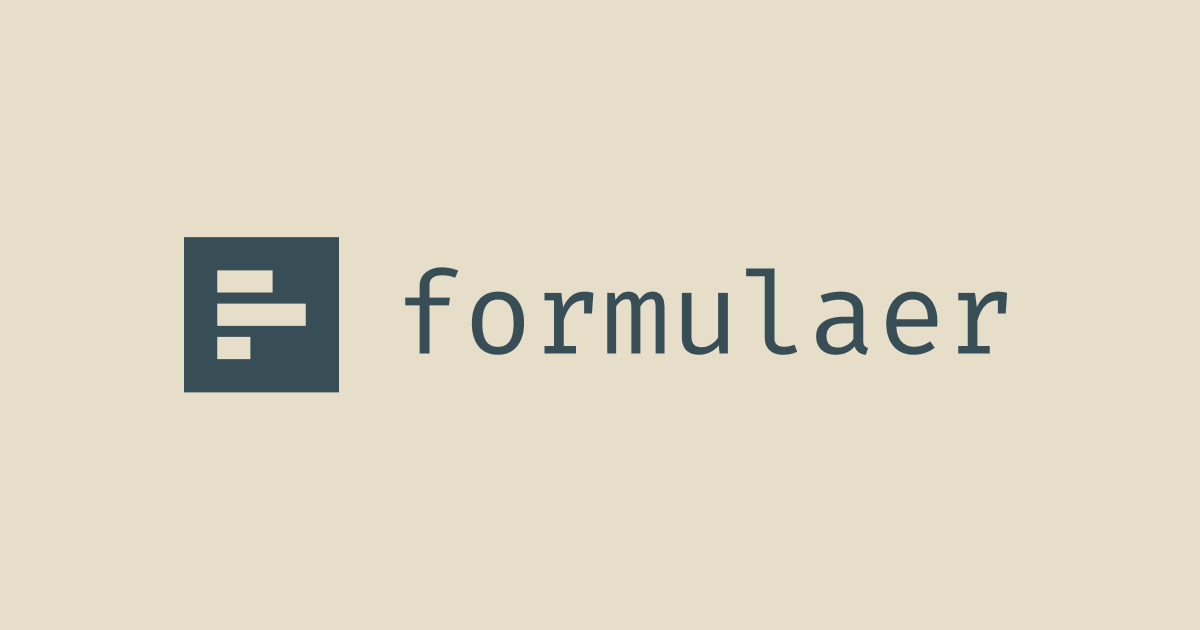French and Raven's Forms of Power
The most common description of power is French and Raven (1960). This divides power into five different forms. Raven (1965) added informational power, and Raven (2008) summarized the subsequent canon of work in this subject.
Social influence is defined as 'change in the belief, attitude, or behavior of a person (the target of influence), which results from the action of another person (an influencing agent)', and social power as the potential for such influence.
This is the power to force someone to do something against their will. It is often physical although other threats may be used. It is the power of dictators, despots and bullies. Coercion can result in physical harm, although its principal goal is compliance. Demonstrations of harm are often used to illustrate what will happen if compliance is not gained.
Coercion is also the ultimate power of all governments. Although it is often seen as negative, it is also used to keep the peace. Parents coerce young children who know no better. A person holds back their friend who is about to step out in front of a car.


/https://public-media.si-cdn.com/filer/a3/17/a31738aa-3394-4f35-b77c-cf537f6fb17c/gettyimages-579860044_web.jpg)





















